ECOLOGY ▪ SCIENCE ▪ EDUCATION
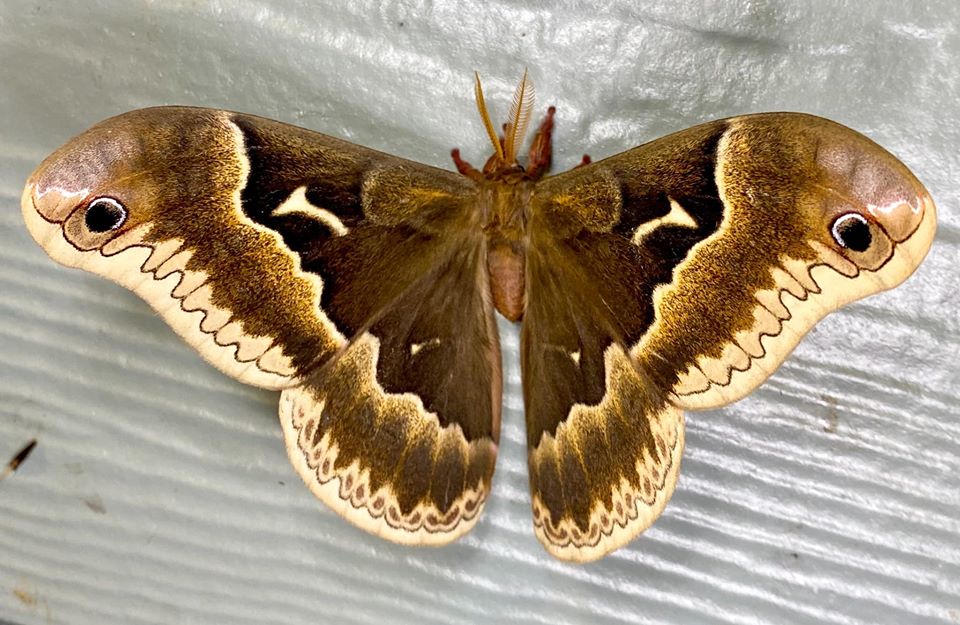
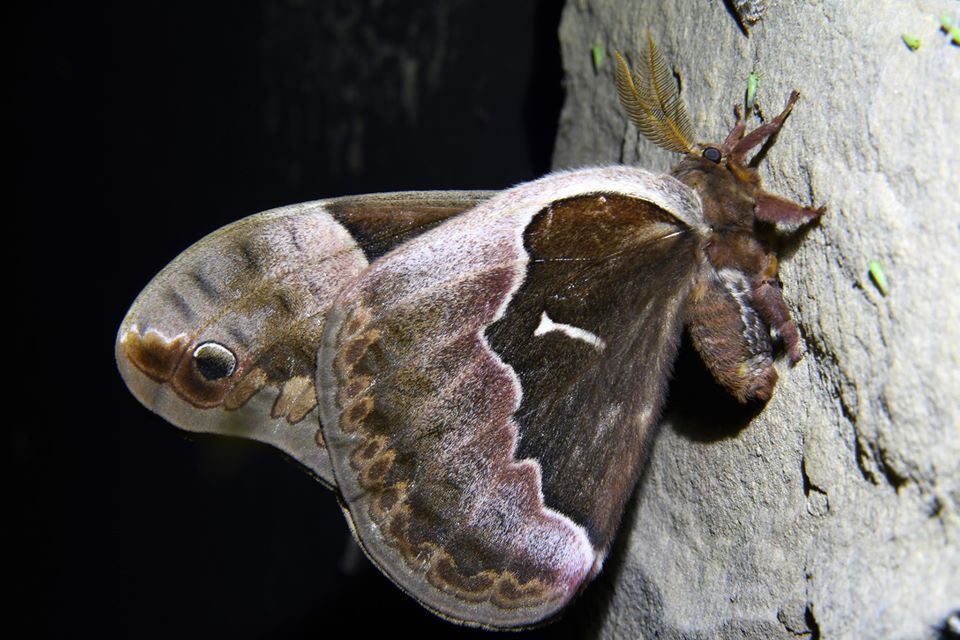
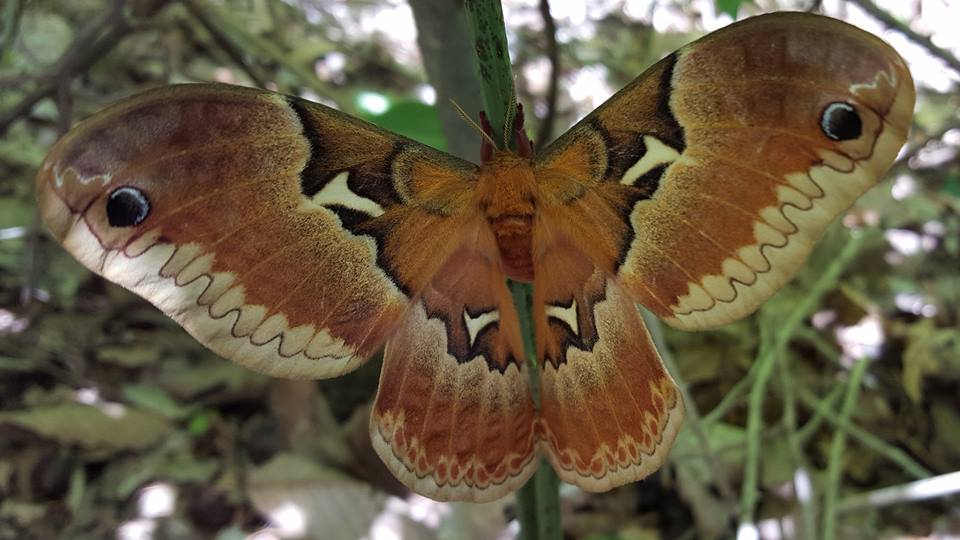
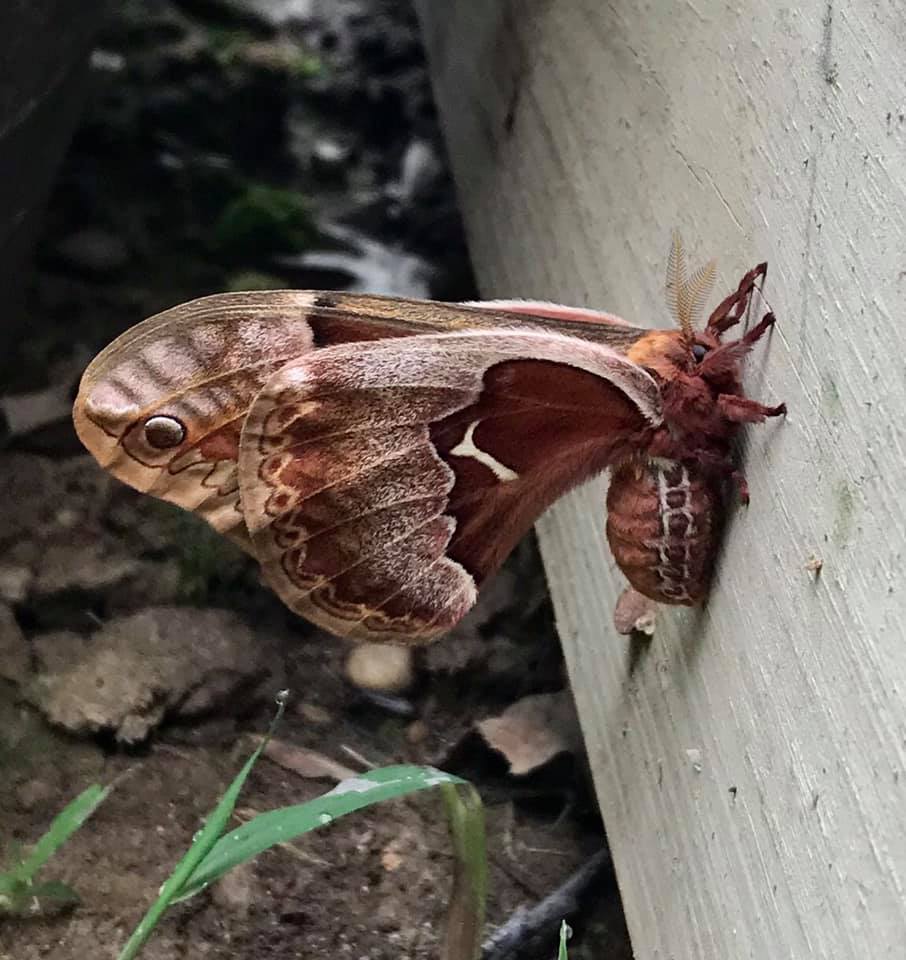
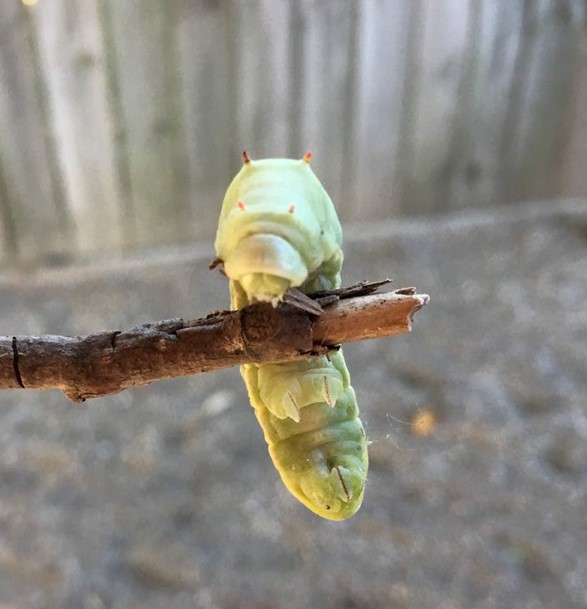
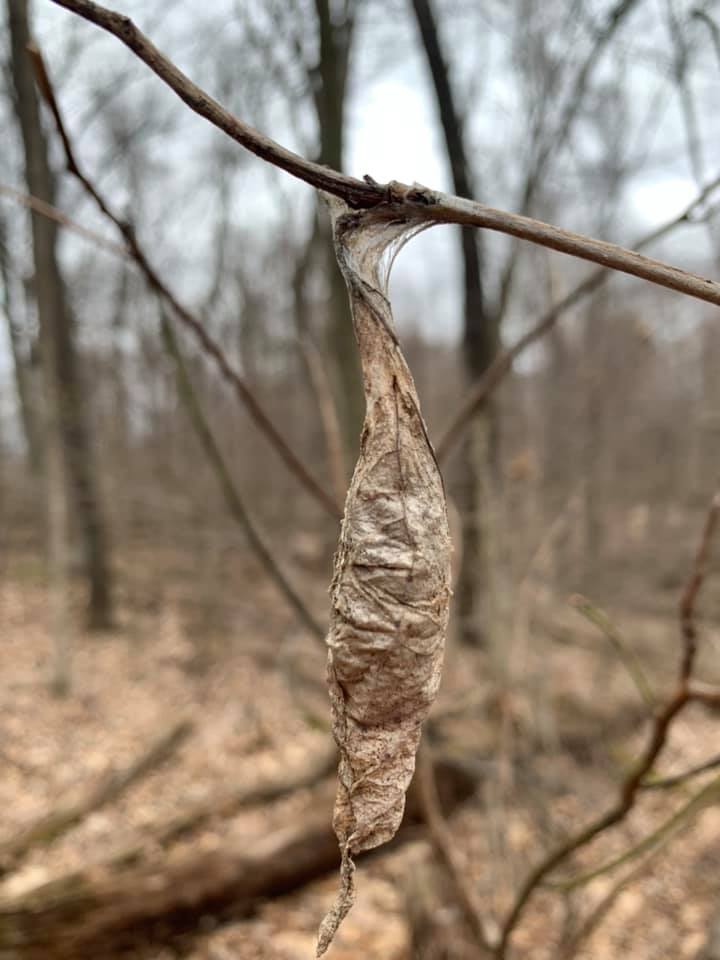
Callosamia: Callo in Latin means “beautiful,” and in Greek mythology, Samia was a freshwater nymph and the daughter of the river god Maeander.
Angulifera: Combines the Greek angul, meaning “angle” and the Latin ifera, for “bearing.” Together, the words mean “bearing an angle,” possibly referring to the T-shaped reniform spots present on each wing.
kal-oh-sam-eye-uh an-guhl-eye-feer-uh
Giant Silkmoth, Tuliptree Silkmoth, Tulip Tree Silkmoth






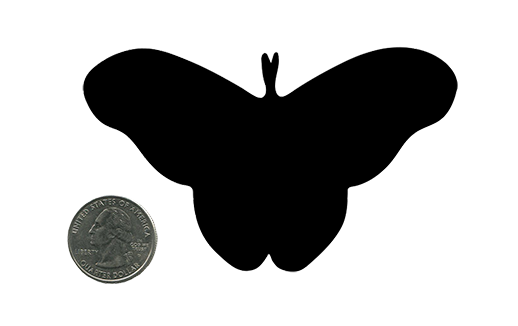
This map illustrates documented North American records of Callosamia angulifera as of 31 December 2020.
 Documented record(s)
Documented record(s) 5: Secure
5: Secure  NR: Not ranked
NR: Not ranked
Callosamia angulifera larvae are specialized feeders on the foliage of tulip trees (Liriodendron tulipifera). According to one reference (Bouseman & Sternberg 2002), this is their only food source, but other authors and researchers list more larval host plants. As such, the authors of this page have chosen to include all documented host plants. The native ranges maps of the tree and the moth provide compelling evidence of the relationship between the two species.
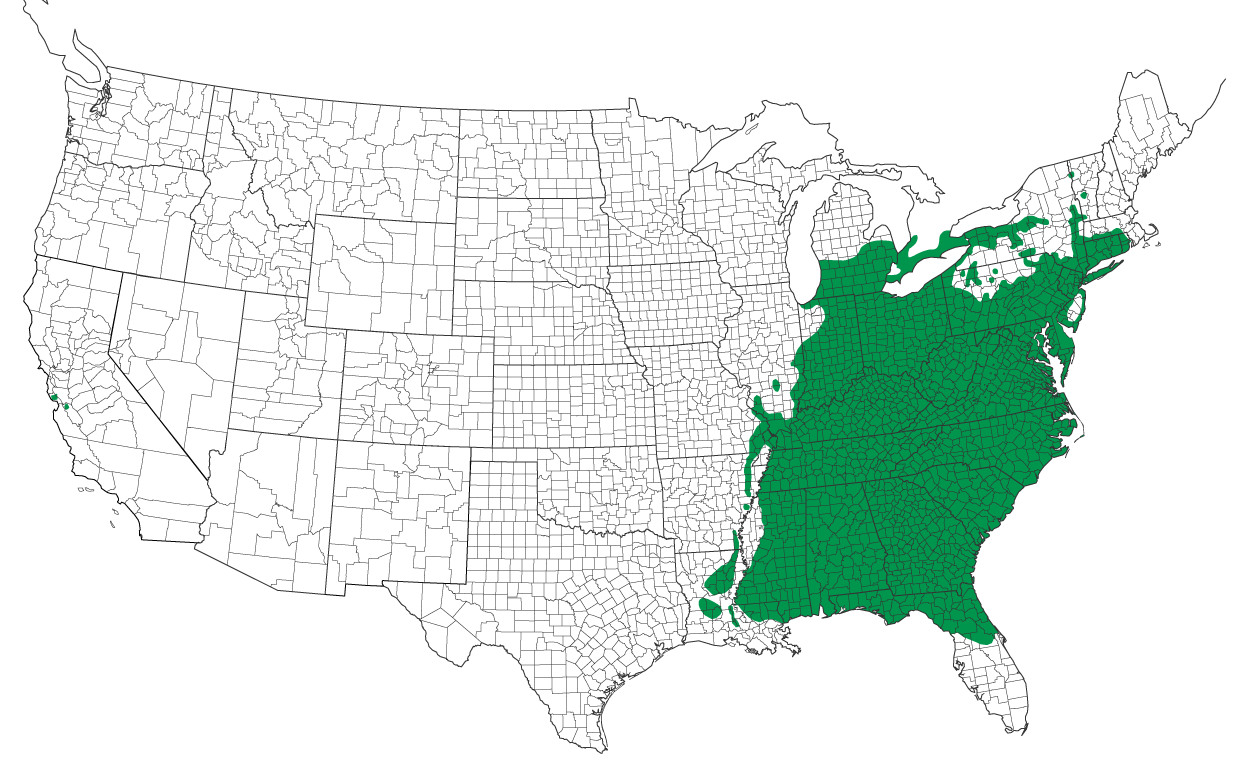
| Known Larval Food Sources in Indiana | ||
| Family | Taxonomic Name | Common Name |
|---|---|---|
| Order: Fagales | ||
| Juglandaceae | Carya spp. | hickories |
| Juglans spp. | black walnut and butternut | |
| Order: Laurales | ||
| Lauraceae | Sassafras albidum | sassafras |
| Order: Magnoliales | ||
| Magnoliaceae | Liriodendron tulipifera | tulip tree |
| Magnolia spp. | magnolias | |
| Order: Myrtales | ||
| Lythraceae | Lythrum spp. | loosestrifes |
| Order: Rosales | ||
| Rosaceae | Malus spp. | apples and crabapples |
| Prunus spp. | cherries | |
The map, graph(s), and data below represent the Indiana sightings of Callosamia angulifera as of 02 May 2024, confirmed through photographic evidence by individuals who contributed to the Great American IN Nature Lepidoptera Project (GAIN LP).
Counties recorded:
33 of 92
Top counties/#of records:
Monroe: 23
Washington: 22
Brown: 21
Hamilton: 16
Scott: 11
Harrison: 8
Owen: 8
 GAIN LP documented in county
GAIN LP documented in county
The images and records below were all submitted by individuals through the Great American Indiana Nature Lepidoptera Project (GAIN LP).